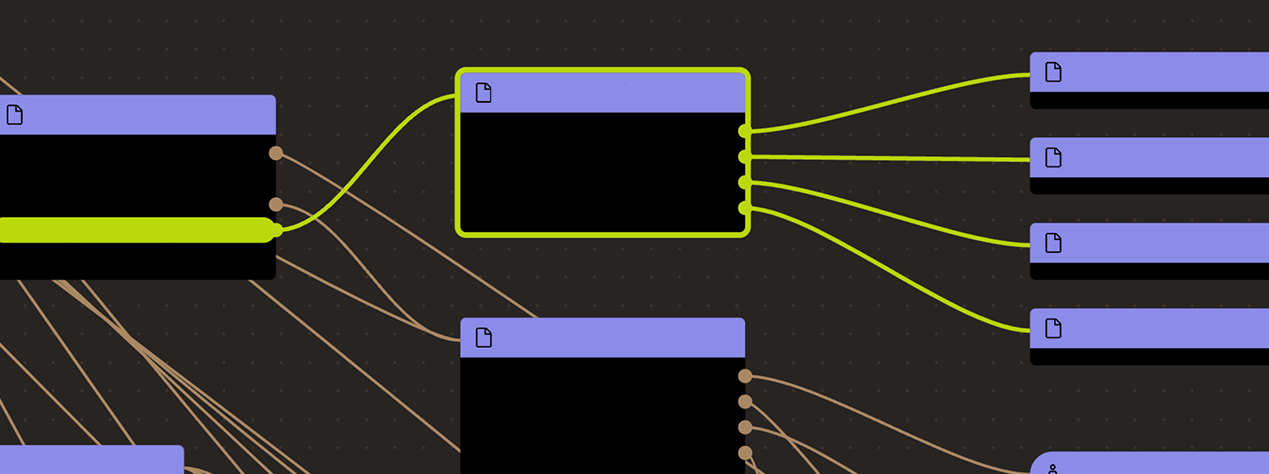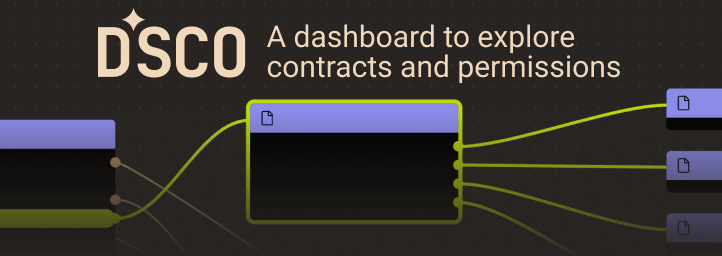Search
Search for projects by name
 Fuel v1
Fuel v1
Badges
About
Fuel v1 is the first Optimistic Rollup live on Ethereum, supporting payments.
Badges
About
Fuel v1 is the first Optimistic Rollup live on Ethereum, supporting payments.
Fuel v1 is live on Mainnet
2020 Dec 31st
First trustless Optimistic Rollup is live on Mainnet.
Funds can be stolen if
Funds can be frozen if
MEV can be extracted if
Fraud proofs allow actors watching the chain to prove that the state is incorrect. Single round proofs (1R) only require a single transaction to resolve.
All of the data needed for proof construction is published on Ethereum L1.
Users can exit funds at any time because contracts are not upgradeable.
Rollup operators cannot compromise the system, but being application-specific might bring additional risk.
Fuel v1 provides the infrastructure to support token transfers and HTLC swaps. Arbitrary contracts are not supported.
All data required for proofs is published onchain
All the data that is used to construct the system state is published onchain in the form of cheap calldata. This ensures that it will always be available when needed.
The data format details are documented in the Data Structure subsection here.
After some period of time, the published state root is assumed to be correct. For a certain time period, usually one week, anyone can submit a fraud proof that shows that the state was incorrect.
Funds can be stolen if there is no one that checks the published state. Fraud proofs assume at least one honest and able validator.
The system has a centralized sequencer
While forcing transaction is open to anyone the system employs a privileged sequencer that has priority for submitting transaction batches and ordering transactions.
MEV can be extracted if the operator exploits their centralized position and frontruns user transactions.
Users can force any transaction
Funds can be frozen if the operator refuses to include their transactions and users lack resources to propose blocks themselves.
Regular exit
The user initiates the withdrawal by submitting a regular transaction on this chain. When the block containing that transaction is settled the funds become available for withdrawal on L1. The process of settling a block usually takes several days to complete. Finally the user submits an L1 transaction to claim the funds.

